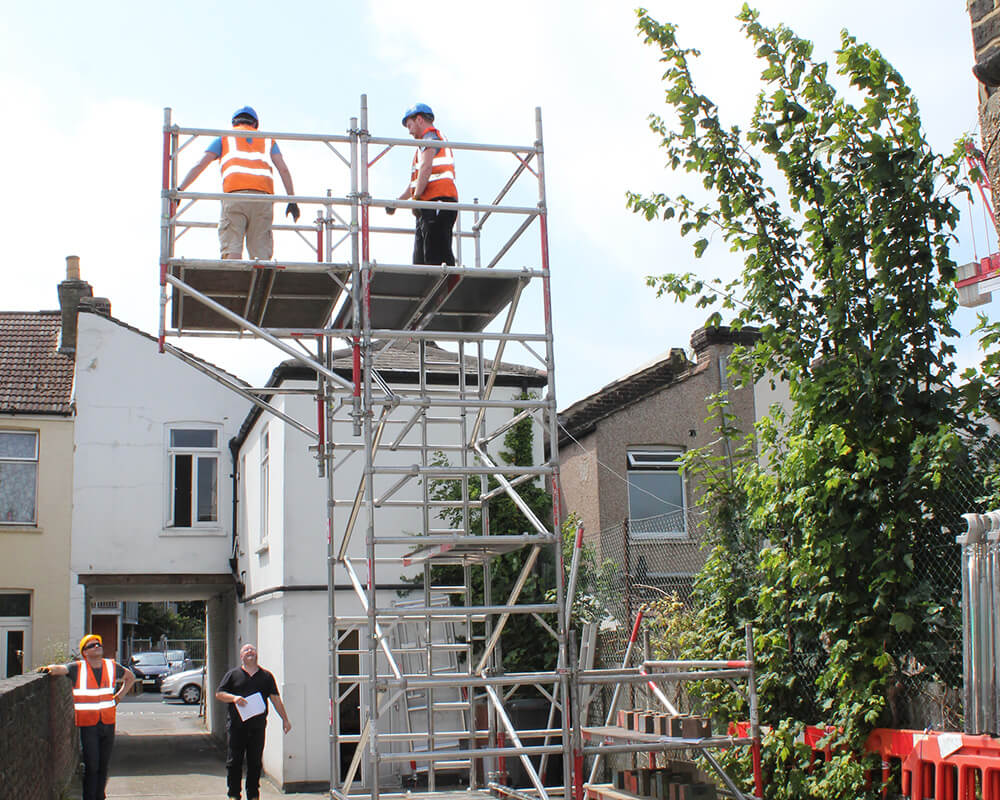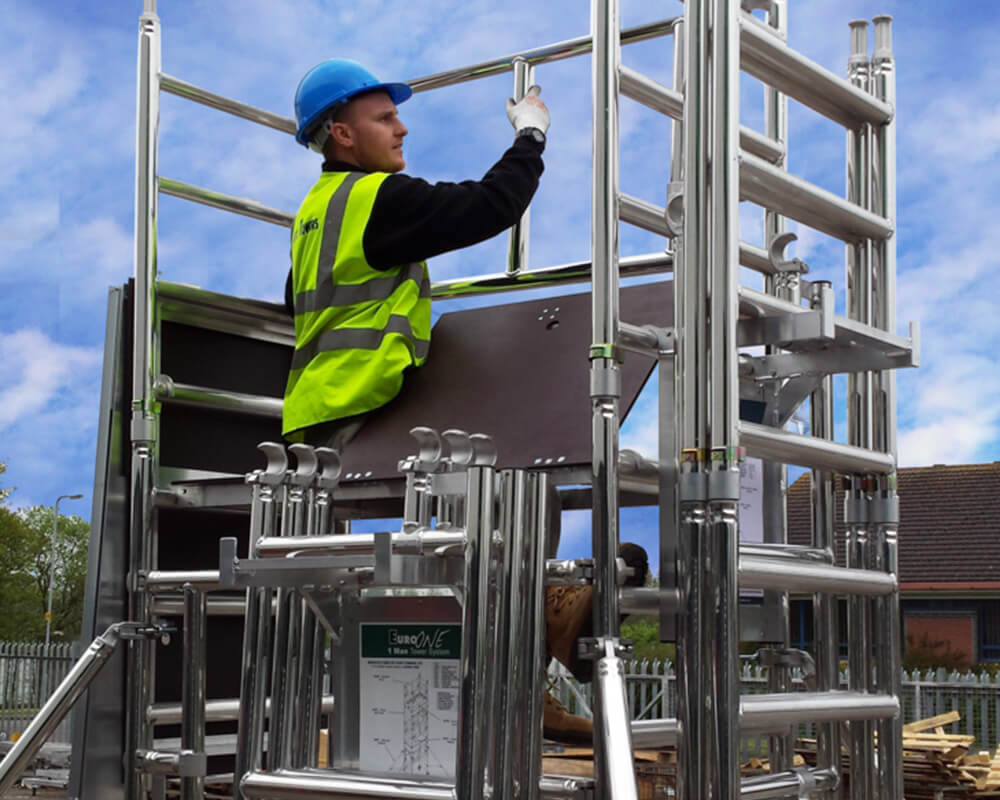Efficient Scaffold Hire: Maximising Your Project’s Potential
When it comes to construction and renovation projects, scaffold hire plays a crucial role in ensuring safety, efficiency, and productivity....
October 14, 2024
When it comes to construction and renovation projects, scaffold hire plays a crucial role in ensuring safety, efficiency, and productivity. Whether you’re a professional contractor or a DIY enthusiast, understanding the ins and outs of scaffold rental can significantly impact your project’s success.
In this comprehensive guide, we’ll explore the various aspects of scaffold hire, from selecting the right equipment to maximising its potential on your job site.
Choosing the right scaffolding system is paramount to the success of your project. Let’s delve into the key factors you should consider when selecting scaffolding for hire.
There are several types of scaffolding systems available for hire, each suited to different project requirements:
Understanding the unique features and applications of each type will help you make an informed decision when hiring scaffolding for your project.
Before committing to a scaffold hire, it’s essential to evaluate your project’s specific requirements. Consider factors such as:
By carefully assessing these aspects, you’ll be better equipped to choose the most suitable scaffolding system for your needs.
Safety should always be the top priority when working with scaffolding. Let’s explore some essential safety considerations and best practices.
Ensure that all workers who will be using the scaffolding are properly trained and certified. Both IPAF training and PASMA training offer a range of courses focussed on working from height.
Depending on the course you choose, working from height training may involve:
Investing in proper training can significantly reduce the risk of accidents and injuries on your job site.
Routine inspections are crucial for maintaining the safety and integrity of your hired scaffolding. Implement a regular inspection schedule that includes:
Address any issues promptly and consult with your scaffold hire provider if you have any concerns about the equipment’s condition.
A well-planned scaffold setup can significantly boost your project’s efficiency and productivity. Consider the following strategies to make the most of your scaffold hire.
Carefully plan the placement of your scaffolding to maximise accessibility and minimise worker movement. Consider:
By strategically placing your scaffolding, you can reduce time wasted on unnecessary movement and improve overall workflow efficiency.
As you can see, there are many considerations when selecting the best scaffold towers for your project. If you’d like to find out more about working with Access Towers on your next project, get in touch today. For more information about any of our products or services call 0208 665 1181 or send us a message online and we’ll get back to you as quickly as possible.
When it comes to construction and renovation projects, scaffold hire plays a crucial role in ensuring safety, efficiency, and productivity....
October 14, 2024
Tower scaffolds are essential structures in the construction industry, providing safe and stable platforms for workers to carry out tasks...
September 7, 2024
Anything above ground level is considered Working at Height. Access Towers are a large provider of PASMA Training and sit within the top 5% in the UK, allowing us to train the full range of 1-Day PASMA Courses to suit any of your work at height Tower Training requirements.
It is recommended by Health & Safety standards that those who are assembling Towers should be PASMA Trained. This will give operatives a 5-year qualification of competency for the use of mobile towers.
Certifications will vary depending on what equipment you’re hiring. It’s always best to speak with our Hire Desk if you are unsure, where they can advise what will be best for you or in more advanced working conditions, we can install onsite.
Training courses are for anyone using the equipment, from commercially to domestically. These will range from PASMA Training for the use of Towers, IPAF Training for the use of MEWPS as well as various other courses such as Safety Harness Training and First Aid.
Our Hire Desk are trained across the full range of work at height stock available and will be able to advise and assist cost-free.
We aim for a next-day turnaround, this is dependent on the transport routes and how busy we are at the time. It works both ways and could be earlier than your requested date.

